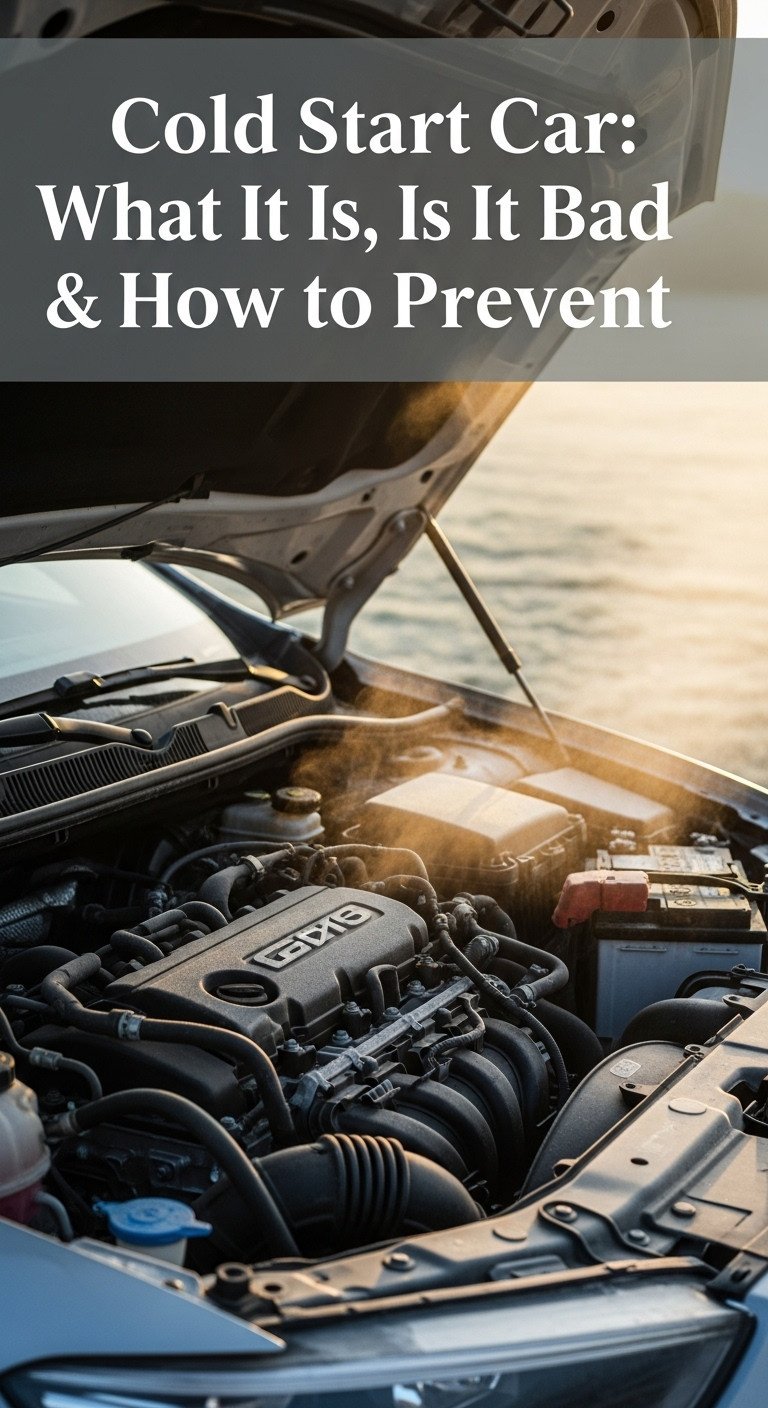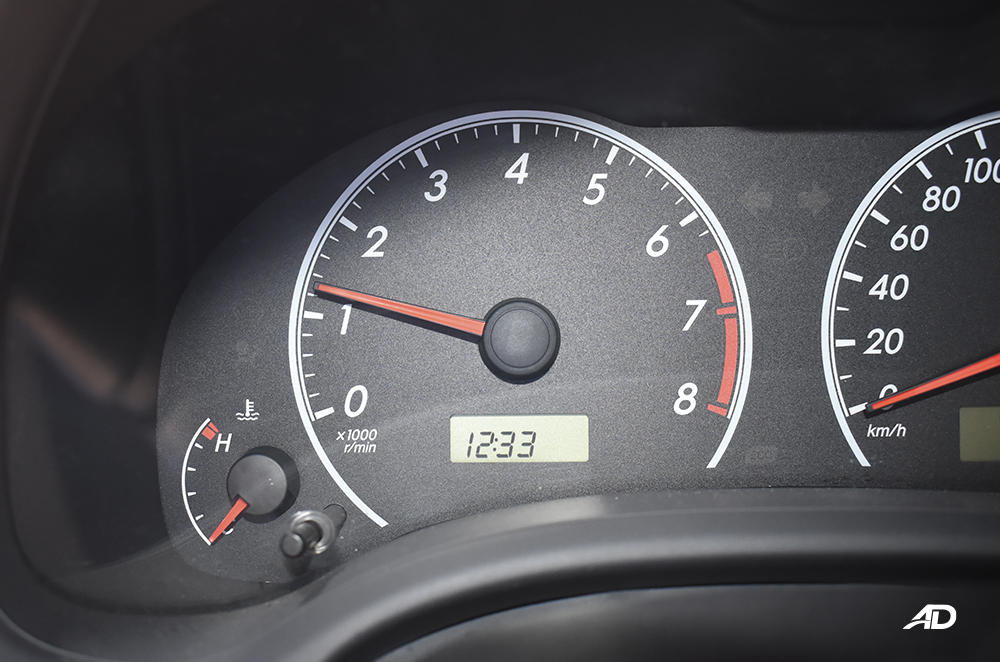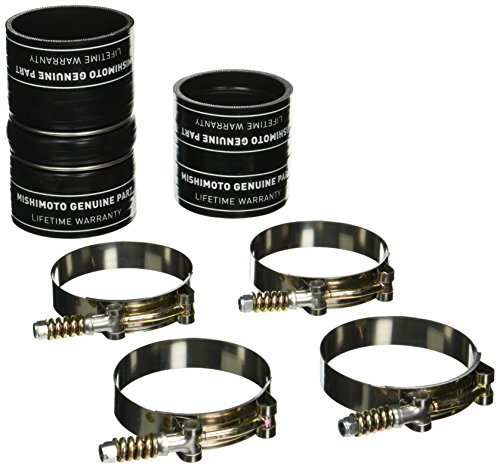Ever noticed your car sounds a bit louder or rougher on a chilly morning? That distinct, groaning start is more than just a sign of cold weather; it’s a specific event your engine goes through. You might wonder what exactly is a cold start on a car, and more importantly, if that daily ritual is secretly harming your vehicle’s long-term health.
A cold start is the process of starting a car’s engine when it’s cold, meaning it’s at the same temperature as the surrounding air and hasn’t been run for a significant period (typically over 90 minutes). This forces components to work much harder to achieve ignition and proper lubrication compared to a warm engine.
This comprehensive guide breaks down the science behind a cold start, clarifies the risks, and provides actionable best practices to protect your engine. Leveraging extensive analysis of automotive data and expert insights, we’ll unpack everything you need to know to minimize wear and ensure your car starts reliably, no matter the temperature.
Key Facts
- Defining a Cold Start: An engine is considered “cold” for a start when it has been off long enough to cool to the surrounding ambient temperature, a process that usually takes between 90 minutes and two hours.
- The Problem with Oil: At low temperatures, engine oil becomes significantly thicker. Analysis from sources like Mobil 1 shows this increased viscosity dramatically increases internal friction, making the engine harder to turn over.
- Diesel Fuel’s Unique Challenge: Diesel fuel contains paraffin wax that can thicken or “gel” in the cold, which can block fuel flow and prevent the engine from starting. This is a critical issue highlighted by diesel engine experts at Cummins.
- Accelerated Engine Wear: A disproportionately large amount of an engine’s total lifetime wear occurs in the first few seconds of a cold start, before the thickened oil has had a chance to circulate and properly lubricate critical metal components.
- Modern Technological Aids: To combat these issues, modern vehicles are equipped with solutions like powerful electric starter motors for higher cranking speeds and, in diesel engines, glow plugs that pre-heat the combustion chamber to aid ignition.
What Exactly Is a Cold Start in a Car? (And What It Isn’t)
A cold start is the process of starting a car’s engine when it’s cold, meaning it’s at the same temperature as the surrounding air and hasn’t been run recently.

When you hear the term what is a cold start on a car, it’s not just about starting your vehicle in the winter. It can happen on a summer day if the car has been parked overnight. The key factor is that the engine’s internal components and fluids, especially the oil, have cooled down to the ambient temperature (the temperature of the air around it). This is in stark contrast to its normal operating temperature, which is much hotter.
A cold start in an automotive context refers to the process of initiating an engine when its temperature is significantly below its normal operating range, typically after it has been parked for an extended period.
This distinction is crucial because an engine is designed to run most efficiently when it’s warm. A cold start forces it to operate under less-than-ideal conditions for a brief but critical period.
Cold Start vs. Cold Boot: Clearing Up the Confusion
It’s easy to confuse the automotive term with a similar-sounding one from the world of technology. However, they are completely different.
- Cold Start (Automotive): This refers to starting a vehicle’s engine when it is at ambient temperature. It’s a mechanical and chemical process related to lubrication, fuel, and combustion.
- Cold Boot (Computer): This means starting a computer from a completely powered-off state. It’s also known as a hard reset and is purely an electronic process.
Understanding this difference is the first step to grasping why a cold start matters for your car’s health.
Why Are Cold Starts More Difficult for Your Engine? The Science Explained
Cold starts are challenging because cold, thick oil increases friction, dense air disrupts the ideal fuel mixture, and fuel itself becomes less effective, requiring the starter motor to work much harder for ignition. Imagine trying to sprint first thing in the morning without stretching – that’s similar to what your engine goes through during a cold start on a car.

Here are the primary scientific reasons why starting a cold engine is so much harder:
- Thick, Slow-Moving Engine Oil: This is the biggest factor. When oil is cold, its viscosity increases, meaning it gets thicker and more resistant to flow. Think of it like trying to pour honey versus water. This thick oil makes it much harder for the starter motor to turn the crankshaft and other internal parts. Furthermore, it takes several seconds for this sluggish oil to circulate and lubricate the engine’s components, leading to a brief period of increased friction. According to lubrication specialists at Mobil 1, this is a primary concern in cold weather operation.
- Denser Air and Fuel Mixture: Cold air is denser than warm air. The car’s computer must compensate for this by adjusting the air-fuel ratio needed for combustion. If this mixture isn’t perfect, ignition becomes more difficult and less efficient. This is why a cold engine often idles at a higher RPM initially—it’s an intentional effort by the car’s computer to warm up faster and stabilize the combustion process.
- Less Effective Fuel: Both gasoline and diesel fuels are less effective when cold. Gasoline has reduced volatility, meaning it doesn’t vaporize and mix with air as easily. For diesel engines, the problem is more severe. As noted by experts at Cummins, the paraffin wax in diesel fuel can begin to “gel” or solidify in extreme cold, clogging fuel lines and filters and preventing the engine from starting at all.
- Challenging Engine Compression: While the engine’s physical compression ratio doesn’t change, the lack of residual heat in the combustion chamber makes it much harder to reach the temperature needed for the fuel to ignite. This is especially true for diesel engines, which rely entirely on the heat generated by compression to ignite the fuel.
The Big Question: Is a Cold Start Bad for Your Car?
Yes, cold starts are responsible for a significant portion of an engine’s total wear and tear. The initial moments before oil circulates properly cause increased friction on critical components.
While a single what is a cold start on a car isn’t going to destroy your vehicle, the cumulative effect of hundreds or thousands of them over the car’s lifetime is significant. Modern engines and motor oils are engineered to handle these events, but the physics of metal-on-metal friction before proper lubrication is established cannot be entirely eliminated.
Here’s why a cold start on a car contributes to accelerated wear:
- Momentary Lack of Lubrication: This is the most damaging aspect. For the first few seconds after ignition, engine parts like bearings, pistons, and camshafts are moving with only a residual film of oil for protection. The bulk of the oil is still in the oil pan, thick and slow to move. This brief period of inadequate lubrication is where the most wear occurs.
- Higher Engine Idle/RPMs: When you start a cold engine, the vehicle’s computer automatically increases the idle speed. This is done to help the engine warm up more quickly and to get the catalytic converter to its effective operating temperature sooner for emissions control. However, running the engine at a higher RPM before it’s fully lubricated can add to the initial strain.
Pro Tip: Think of it this way: a single cold start isn’t a problem, but hundreds of them over the life of your car add up. Minimizing their impact is key to long-term engine health.
Special Considerations for Turbocharged Engines
Key Takeaway: Always let a turbocharged engine idle for 30-60 seconds after a cold start to ensure the turbo is properly lubricated before you drive off.
This advice is critical for cars with a turbo. The turbocharger is a sensitive, high-speed component that spins at incredibly high RPMs. It relies on a constant supply of clean engine oil for both lubrication and cooling. During a cold start, it’s vital to give the oil time to reach the turbo’s bearings before putting it under load by driving. Revving a turbocharged engine immediately after a cold start can starve the turbo of oil, leading to premature wear and potential failure.
How to Mitigate Issues: Modern Solutions and Best Practices
To minimize cold start problems, leverage modern tech like block heaters to pre-warm the engine, ensure glow plugs are working on diesel vehicles, and use the manufacturer-recommended engine oil for cold weather.
Fortunately, automotive technology has evolved to make the process of a what is a cold start on a car much less stressful on the engine. Additionally, there are several things you can do as an owner to protect your vehicle.
Quick Fact: Did you know? Diesel engines in cold climates rely almost entirely on glow plugs to pre-heat the engine enough for fuel to ignite. A single faulty glow plug can make starting extremely difficult.

Here’s a breakdown of common solutions:
| Technology/Method | How It Helps | Best For… |
|---|---|---|
| High-Speed Electric Starters | A standard feature on all modern cars, these powerful motors spin the engine over at a higher RPM, increasing the chances of successful combustion even in difficult conditions. | All modern gasoline and diesel vehicles. |
| Glow Plugs | These are small electric heaters inside each cylinder of a diesel engine. They heat the combustion chamber before you start the car, ensuring the air is hot enough to ignite the diesel fuel. | Diesel engines, especially in colder climates. |
| Engine Block Heaters | An electric heating element installed in the engine block that you plug into a wall outlet. It warms the engine and the oil overnight, essentially turning a cold start into a warm start. | Anyone living in extremely cold climates where temperatures regularly drop far below freezing. |
| The Right Engine Oil | Using a high-quality synthetic oil with the correct viscosity rating for your climate (e.g., 0W-20 or 5W-30) ensures the oil stays thinner at low temperatures for faster circulation. | All car owners; it’s the single most important maintenance item for engine health. |
| Starting Fluid | A highly volatile spray used in emergencies. When sprayed into the engine’s air intake, its low ignition point helps the engine fire up. Use with extreme caution and only as a last resort. | Older vehicles or equipment without modern starting aids; not recommended for most modern cars. |
Cold Start vs. Warm Start vs. Hard Start: Key Differences Explained
Key Difference: Cold vs. Warm start is about engine temperature before starting. A Hard Start is a symptom of an underlying problem causing difficulty starting, which can occur at any temperature.
Understanding these terms helps you accurately describe a problem to a mechanic and know what’s normal versus what’s a sign of trouble.
| Term | Engine Temperature | Common Cause | What it Means |
|---|---|---|---|
| Cold Start | At ambient temperature (cold). | Physics of cold oil and fuel. | This is a normal, expected event for any car that has been sitting for a while. |
| Warm Start | Near normal operating temperature. | The engine was recently running. | This is the easiest and least stressful way to start an engine. |
| Hard Start | Can be hot or cold. | A symptom of an issue like a weak battery, failing fuel pump, or bad spark plugs. | This indicates a problem that needs diagnosis and repair. The engine cranks but struggles or fails to fire up. |
To further protect your engine and ensure reliable starts in any weather, equipping your vehicle with the right tools is essential.
FAQs About Cold Starts
What is a good cold start temperature?
There isn’t a “good” temperature for a cold start. Any start where the engine is at ambient temperature is technically a what is a cold start on a car. The negative effects simply become more pronounced as the temperature drops. The challenges at 40°F (4°C) are less severe than at 0°F (-18°C), but in both cases, the engine is not at its ideal operating temperature.
How long should you wait after a cold start before driving?
For most modern cars, a brief idle period of 30 to 60 seconds is sufficient. This gives the oil pressure time to stabilize and the oil to begin circulating throughout the engine. For turbocharged cars, this brief wait is especially important. There is no need for extended idling; the best way to warm an engine up is by driving it gently.
Does a cold start make your exhaust louder?
Yes, it’s very common for the exhaust to sound louder and the engine to idle at a higher RPM for the first minute or two after a cold start. This is a programmed function designed to warm up the engine and the catalytic converter more quickly to reduce emissions. The noise should settle down as the engine approaches its normal operating temperature.
Is it better to let your car idle or to start driving after a cold start?
The best approach is a combination of both. Let the engine idle for about 30-60 seconds to allow oil to circulate. After that, the most efficient way to warm up the entire drivetrain (engine, transmission, etc.) is to begin driving gently. Avoid hard acceleration or high RPMs until the temperature gauge starts to climb into the normal range.
Can a cold start drain your car battery?
A cold start on a car puts a significantly higher demand on the battery. The starter motor must work much harder to turn over a cold engine with thick oil. At the same time, a cold battery has reduced power output. This combination can strain an older or weaker battery and, in some cases, drain it to the point where it can’t start the car.
Final Summary: Protecting Your Engine from Cold Starts
A what is a cold start on a car is a normal and unavoidable part of vehicle ownership. It’s the process of starting your engine when it has cooled to the surrounding air temperature, a situation that causes temporary stress and accelerated wear due to poor initial oil lubrication. While modern engineering has made engines incredibly resilient, understanding the mechanics allows you to take simple steps to preserve your car’s long-term health.
By focusing on a few key practices, you can significantly mitigate the negative effects:
- Use the Right Oil: Always use a high-quality synthetic engine oil that matches the manufacturer’s recommended viscosity for your climate. This is your number one defense against cold start wear.
- Allow a Brief Idle: Give your engine 30 to 60 seconds after starting before you drive off. This ensures oil has time to reach critical components, especially in turbocharged vehicles.
- Drive Gently: The best way to warm up your engine is by driving smoothly and avoiding high revs until the temperature gauge reaches its normal operating position.
- Consider a Block Heater: If you live in a region with severe winters, an engine block heater is a worthwhile investment that effectively eliminates the harshness of a cold start.
Take these insights and confidently protect your engine this winter. Your car will thank you for it in the long run
Last update on 2025-10-11 / Affiliate links / Images from Amazon Product Advertising API










![What Will Fail a WV Car Inspection? Top 10 Reasons [year] 13 What Will Fail a WV Car Inspection? Top 10 Reasons [year]](https://carxplorer.com/wp-content/uploads/2025/10/What-Will-Fail-a-WV-Car-Inspection-Top-10-Reasons-year-2-60x60.jpg)
![Clean Your Car Dashboard: Best Products & DIY Tips [year] 15 Clean Your Car Dashboard: Best Products & DIY Tips [year]](https://carxplorer.com/wp-content/uploads/2025/10/Clean-Your-Car-Dashboard-Best-Products-DIY-Tips-year-2-60x60.jpg)

